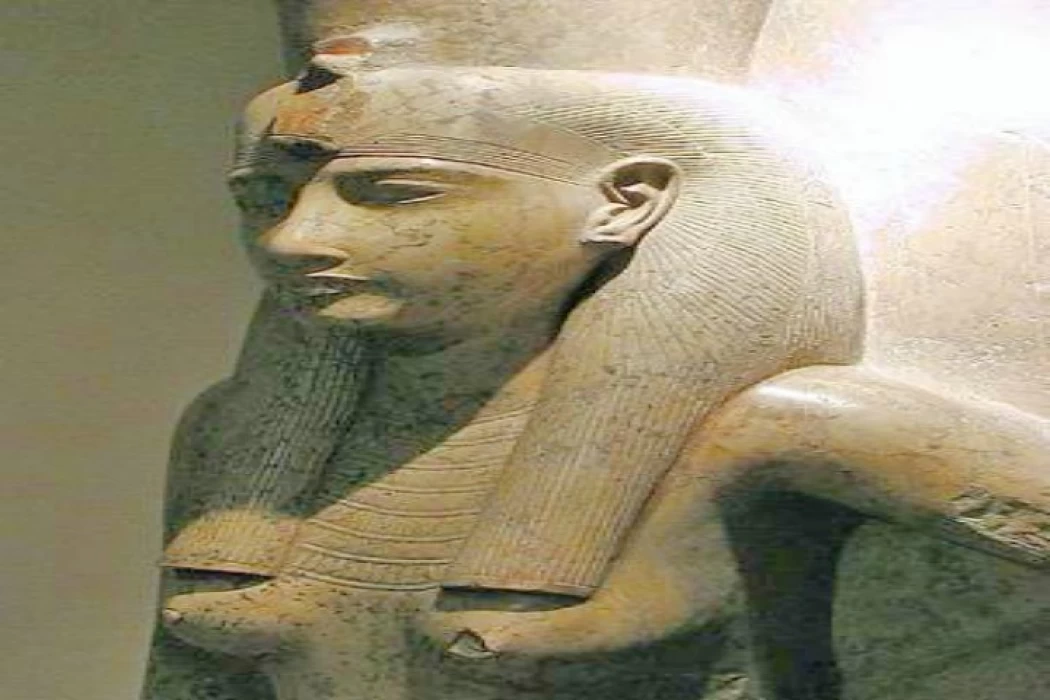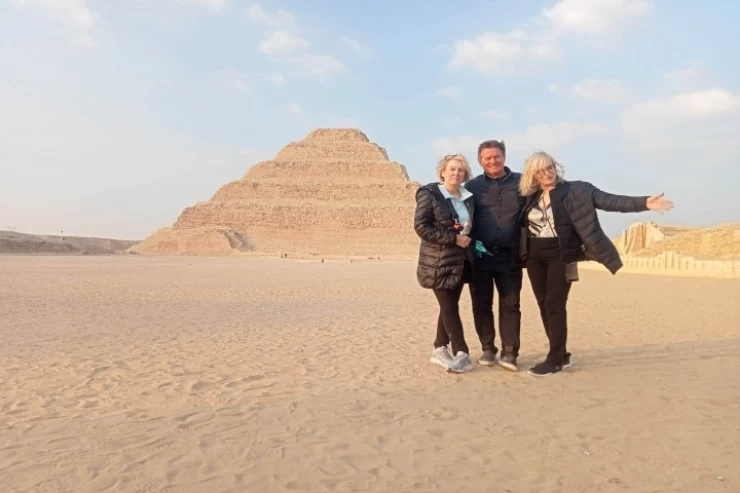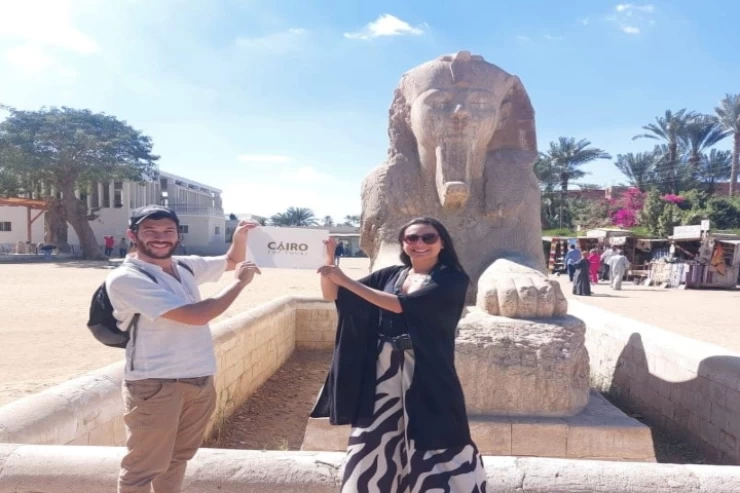
Dea Mut | Dea egizia del cielo
Dea Mut
Mut, la dea del cielo che aveva come marito il dio del vento Amon, a causa del suo nome è conosciuta come la madre di tutta la creazione, lei e suo marito erano idolatrati a Tebe, rappresentati con una doppia corona e un ornamento a forma di un avvoltoio sopra di esso, è stato visto indossare un abito blu o rosso brillante e nelle sue mani portava un papiro e l'ankh che era la chiave della vita.
Dea egizia del cielo
Era anche riconosciuta come madre del mondo, occhio di Ra e signora del cielo, la rappresentavano anche attraverso i geroglifici come un avvoltoio per essere considerati animali materni.
Questa divinità è stata mostrata con le ali per essere la divinità del firmamento tra tutti gli dei egizi, è stata spesso vista anche come una mucca dietro il marito o come una leonessa per essere un guerriero.
I suoi figli erano il dio della guerra Mantu e il dio della luna Khonsu, a causa dell'apparizione di quest'ultimo si diceva che fosse tra il sole e la luna che formavano la triade tebana.
In questo modo il sole era rappresentato dal marito Amon-Ra e dal dio della luna Khonsu, ecco perché Mut simboleggia il terzo occhio che rivela la superiorità universale che ha collaborato alla piena del Nilo.
Questa dea è stata richiesta nel libro dei morti per evitare che una mummia marcisse, sono state dette alcune parole tenendo un'immagine di lei che aveva 3 teste: la prima era la testa della dea Pajet, '' una divinità egizia minore, da l'epoca del Medio Regno '' con due piume, poi era una testa umana con due corone e infine una testa di avvoltoio con due piume.
Aveva anche un tempio nel regno di Amon vicino al Tempio di Karnak, dove si vedeva un lago a forma di mezzaluna dove lo adoravano nella sua forma felina.
Ti piacerebbe vivere un viaggio attraverso l'antica cultura e mitologia egizia? puoi farlo accadere e trascorrere una giornata a visitare Abydos, Giza, Luxor, Assuan per vedere le tombe dei Faraoni adornate con scene molto chiare, dettagliate e splendidamente dipinte delle varie divinità dell'antico Egitto e di molti altri siti,
Il nostro team vi aiuterà a viaggiare in Egitto e sperimentare il tempo soleggiato del nostro bel paese durante la Pasqua 2024, grazie alla loro vasta conoscenza del turismo egiziano. Puoi personalizzare il tuo pacchetto selezionando uno dei nostri pacchetti di viaggio in Egitto o sfruttare al massimo il tuo tempo in una breve visita, imparando di più sulla storia egiziana e le sue affascinanti storie e vivendola attraverso tour privati al Cairo. Partecipa a uno dei nostri tour economici in Egitto attraverso il deserto del Sahara, come i tour di Siwa dal Cairo, per esempio, o preferibilmente i tour nel Deserto Bianco d'Egitto. Scoprite i nostri tour di un giorno ad Assuan, fate una gita di un giorno da Assuan ad Abu Simbel, o viaggiate via terra e godetevi i nostri tour di un giorno a Luxor per vedere gli incredibili templi di Karnak, il Tempio di Luxor, il Tempio di Hatshepsut, e vedete le meravigliose tombe splendidamente dipinte nella Valle dei Re, questo è il luogo dove i re e i governanti del nuovo regno riposano in pace e imparate i loro riti di mummificazione e sepoltura.
Goddess Mut
Mut, the goddess of heaven who had the wind god Amun as her husband, due to her name is known as the mother of all creation, she and her husband were idolized in Thebes, represented with a double crown and an ornament in the form of a vulture on top of it, he was seen wearing a bright blue or red suit and in his hands, he carried a papyrus and the ankh that was the key to life.
She was also recognized as a world mother, eye of Ra, and lady of heaven, they also represented her through hieroglyphs as a vulture for being considered maternal animals.
This divinity was shown with wings for being the deity of the firmament among all the Egyptian gods, she was also frequently seen as a cow behind her husband or as a lioness for being a warrior.
Mout (or Mut), whose name means “mother,” symbolizes maternal values and is one of the oldest deities in the Egyptian pantheon. She is also a dangerous goddess when she takes the form of the “Distant Goddess” (Hathor), assimilated to Sekhmet. She was adopted by the Greeks as the goddess Hera, Zeus's wife, during the Hellenistic Period (305–30). Mother of the World, Eye of Ra, Queen of Goddesses, Lady of the Sky, and Mother of the Gods were some of her titles.
Her place of worship was Isheru, a village south of Karnak. She is venerated there, in her sanctuary located south of the Temple of Amun, called Hout-Mou, in the guise of Sekhmet, but more generally as a woman wearing a white crown or a vulture. Other shrines are attested in Bubastis, Hermonthis, Memphis, Tanis, Saïs, and in the oases of Kharga and Dakhla.
Egyptian Goddess of Heaven
In this way, the sun was represented by her husband Amun-Ra and the moon god Khonsu, which is why Mut symbolizes the third eye that reveals the universal superiority which cooperated in the flood of the Nile.
This goddess was requested in the Book of the Dead to prevent a mummy from rotting, a few words were said holding an image of her that had 3 heads: the first was the head of the goddess Pajet, ''a minor Egyptian deity, from the time of the Middle Kingdom'' with two feathers, then it was a human head with two crowns and finally a vulture head with two feathers.
She is associated with the Theban triad (Amon, Mut, and Khonsu), where she is both the wife, mother, and daughter of Amon and the mother of the moon god Khonsu... During the 18th Dynasty (1549-1295), her cult became important, replacing that of the goddess Amonet, wife of Amun, in Thebes. Having no children, she decided to adopt Montu, then Khonsu, as Montu declined the offer. She was between the sun (Amon-Re) and the moon (Khonsu) as the third eye, showing cosmic perfection and promoting the flooding of the Nile.
She is mentioned in the Book of the Dead as helping the deceased reach the afterlife and preventing them from decomposing. She appears on the walls of many temples alongside her husband Amun as “Mistress of the Nine Bows” (symbol of all the enemies of Egypt).
















